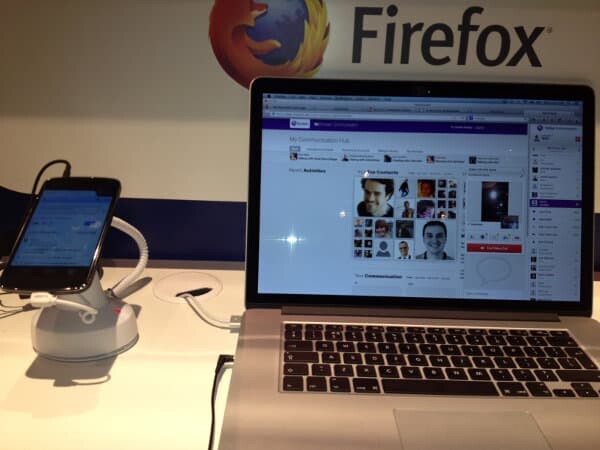[Amir Zmora is back this time with a post about WebRTC and MWC 2013. Being a WebRTC topic – I had no choice but to happily accept it.]
Mobile World Congress (MWC) is always an exciting show, a place to feel the pulse of the market and estimate the impact of trends. I wrote in length about my takeaways and highlights from this show, I want to dedicate this post to WebRTC@MWC.
Everything is in the eye of the beholder, so is the case for WebRTC. When the telecom guys look at it, they see opportunities for GWs, transcoding between codecs and things of that nature. When a Web developer looks at it he sees new applications and services he can bank on with it. The undergoing video codec war and the VP8/9 Vs. H.264/265 camps reflects this exact difference in point of view.
On my way to MWC I was thinking to myself what would be the main theme of WebRTC there. Since MWC attracts both Bellheads and Netheads question was, will I see mainly GW type of implementations or services and applications.
For a show with exhibition cost as MWC this is not a fair question to ask or judge the industry based on as those small startups would never have the money to pour on a booth there and even if they did, it would be too small for me to notice given the size of the show.
But I was not looking for the startups, I was looking to see is what place will WebRTC have at the booth of the rich guys. I did see some obvious stuff such as WebRTC based clients and GW implementations. The more interesting things were of Mozilla, which to my view was the queen of WebRTC at MWC 2013 and Alcatel-Lucent.
Alcatel-Lucent
Starting with Alcatel Lucent, they showed a demo titled “Bridging Telecom and Web: The Real Value of WebRTC”. In this demo they presented their REST APIs allowing developers to build WebRTC based application that will connect through their server to IMS services.
Mozilla (or should I say Ericsson and AT&T)
2 main things were demonstrated:
- A mobile to Web call with social integration through the Mozilla social APIs and using the WebRTC data channel to drag and drop pictures and web content into the conversation so it will be shared with the other participant.
- Another integration with social that showed a “face-cloud” of my contacts where size of each icon is based on the amount of interaction I have with that contact.

The importance of what was shown by Alcatel-Lucent and Mozilla-Ericsson-AT&T is mainly in that last name, AT&T. It shows that this time, service providers and infrastructure vendors are not going to stay behind the curve. Service providers want to be those that provide the WebRTC application platform and “WebRTC termination”.
My takeaway from what we saw at MWC with WebRTC is that the infrastructure vendors are not going to settle for just a WebRTC to X Gateway but are going to provide the service provider a platform for creating and integrating new services.
The service provider on the other hand is going to look for owning that platform and that is why Telefonica who was shopping and found TokBox is not the only shopper around right now looking for that young WebRTC startup, not necessarily for what they do today but for what they can do tomorrow
*Opinions presented in this blog post are the author’s personal opinions and do not necessarily represent those of his employer.

I totally agree on the MNOs, they see the power of WebRTC and don’t want to be left behind on this one. Or at least be more in control by being a part of the WebRTC ecosystem.
Kavan,
Thanks for the comment.
Not only that the operators want to take part in the WebRTC game they can also bring value. For example, they control the network and can provide quality of service, something that might become a problem in some WebRTC types of deployments.
That is a topic for another blog post though :).
Amir
I totally agree on the MNOs, they see the power of WebRTC and don’t want to be left behind on this one. Or at least be more in control by being a part of the WebRTC ecosystem.
Kavan,
Thanks for the comment.
Not only that the operators want to take part in the WebRTC game they can also bring value. For example, they control the network and can provide quality of service, something that might become a problem in some WebRTC types of deployments.
That is a topic for another blog post though :).
Amir